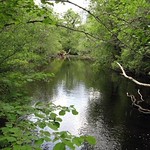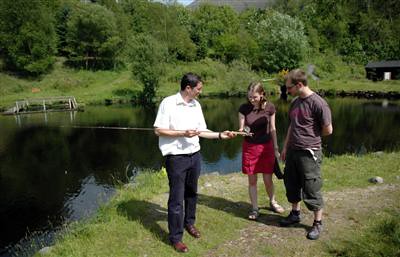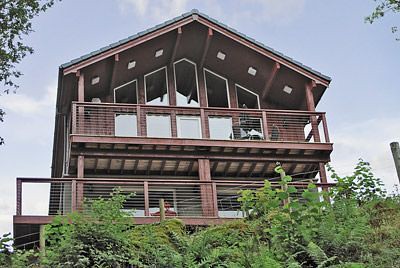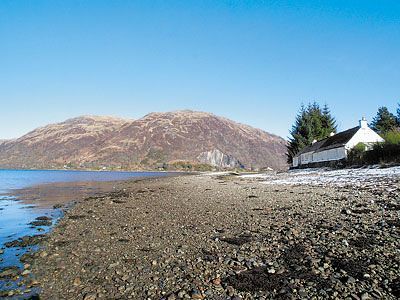Glen Nant National Nature Reserve
Glen Nant National Nature Reserve (Glen Nant NNR) is an ancient Scottish oakwood with a fascinating history and many native species. It is known for the wood ants as well as for playing a role in the history of iron-making in Scotland (See Bonawe).
Scottish Natural Heritage and the Forestry Commission have jurisdiction over Glen Nant National Nature Reserve, which is located in the Lorne Forest District of Argyll.
The area of Glen Nant was carved out of basalt rock over millenia which has resulted in a peaty soil which is perfect for heather, wild honeysuckle, bluebell, blaeberry and wood sorrel. Hazel trees, ash trees, wild garlic and primrose can also be found on patches of lime-rich soil. The Oakwoods of Glen Nant National Nature Reserve consists of ancient oak and birch interspersed with holly, hazel, willow and ash.
This rich habitat is home to a variety of species: butterflies, squirrels and deer. Bird watchers can spot jays, treecreepers, warblers, woodpeckers and others. Important indigenous creatures living in the NNR are the Scottish Woodants (Formica aquilonia). The nests are easily seen along trails through Glen Nant as they are built using twigs and other debris. These remarkable structures provide the ants with the right temperature and humidity conditions as well as protection.
Glen Nant National Nature Reserve saw much activity in the past. In fact, researchers have discovered 166 sites of archaeological significance in the area.
Iron smelting in the woods began back in the 17th century, however, there are foundations for structures dating to the 7th century. Way back in the Norse period the woods were likely used for longbows and the construction of stilt houses situated in Loch Awe. Between 1753 and 1880 much of the woodland of Glen Nant was felled to provide charcoal for Bonawe Iron Furnace. Over time these trees have regrown and are once again standing proud.
Travel
Take the B845 from Taynuilt towards Kilchrenan.
After about three miles, turn right into the entrance to Glen Nant National Nature Reserve and over the small bridge to access the car park and walks through this wonderful example of Scotland's Atlantic oak woodlands.





